Posted on 5/31/2023

When it comes to our vehicles, we often focus on the engine, brakes, and other mechanical components. However, there's one essential element that keeps us connected to the road and ensures a safe and smooth journey: tires. A good set of tires provides traction, stability, and comfort. But did you know that not all tires are created equal? In fact, there are various types of tires designed to meet specific driving needs and road conditions. If you're in the market for buying tires, you've come to the right place. Here is a guide to the most common types: All-Season Tires As the name suggests, all-season tires are designed to perform well in a variety of weather conditions, including dry, wet, and light winter conditions. They offer a balanced blend of performance, longevity, and comfort, making them popular for everyday commuters. Summer Tires Optimized for warm weather and dry road conditions, summer tires provide superior grip and handling. They feature special ... read more
Posted on 4/30/2023
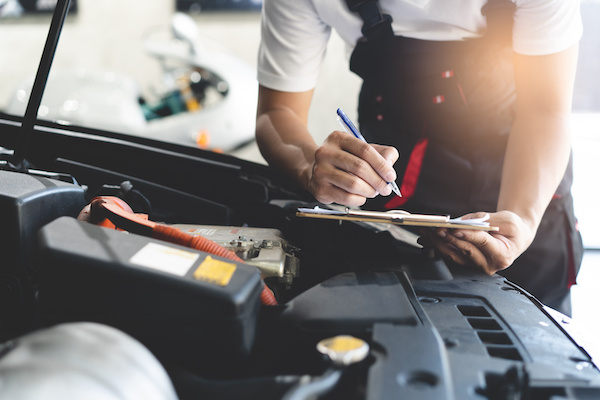
Taking care of your automobile requires several maintenance checks to ensure it works perfectly. Ignoring these services can cause a range of issues from mere discomfort to poor functionality or at worst, car accidents. Short term maintenance These services are frequently done and it takes about a year before you need to do it again. Replace the engine oil and filter. For advice on how far you should commute without oil changes, read your owner's handbook. Most cars have an oil and filter replacement interval of 3,000 to 8,000 miles. Synthetic oil can boost the maintenance interval to 15,000 miles. Change your synthetic oil at least once a year, irrespective of the amount of mileage you drive. Tread depth and tire pressure Because well-maintained tires are an important aspect for safety and fuel effecient trips, you need to routinely check and examine your tires before embarking on a long journey. Check your tire pressure once a month, as well as before lengthy excursions or ... read more
Posted on 3/30/2023
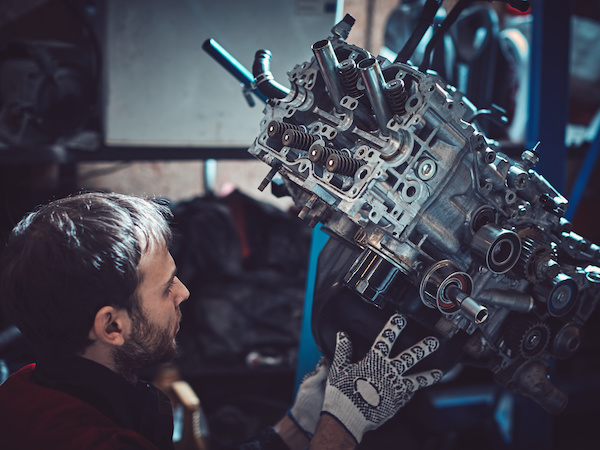
When it comes to auto repairs, one term that you might hear thrown around is "overhaul". But what exactly does it mean, and when do you need it? In this blog post, we'll explore what an overhaul is and when it might be necessary for your vehicle. What is an Overhaul? An overhaul, also known as an engine rebuild, is a comprehensive repair process that involves taking apart and rebuilding the engine of a vehicle. This type of repair is typically done to restore the engine's performance to its original specifications or to improve its performance beyond what it was originally designed for. During an overhaul, the engine is disassembled and inspected, with worn or compromised components being replaced as needed. The parts exchanged can include everything from the cylinder heads and pistons to the bearings and crankshaft. Once all of the necessary repairs have been made, the engine is reassembled and tested to ensure that it is functioning correctly. When Do You Need a ... read more
Posted on 2/28/2023
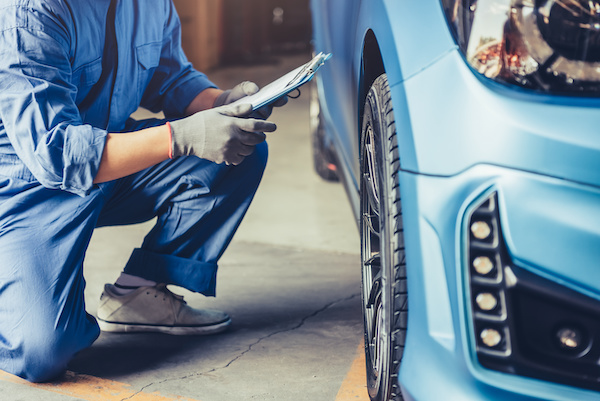
Purchasing a new vehicle can be an exciting experience, but it can also be a significant investment. Before making a purchase, it's important to ensure that the vehicle is in the condition the seller claims and that it can meet your needs. A pre-purchase inspection can help you make an informed decision and avoid potential issues. What Is a Pre-Purchase Inspection (PPI)? A pre-purchase inspection is a comprehensive evaluation of a vehicle before purchase. It typically includes a thorough examination of the vehicle's major components, including the engine, transmission, brakes, suspension, and electrical systems. Benefits of Pre-Purchase Inspections: Identify Potential Issues A PPI can help identify any potential vehicle issues before you buy it. It can include mechanical issues, such as engine or transmission problems, as well as cosmetic issues, such as rust or damage. By identifying these issues early, you can avoid purchasing a vehicle that requires costly ... read more
Posted on 1/30/2023
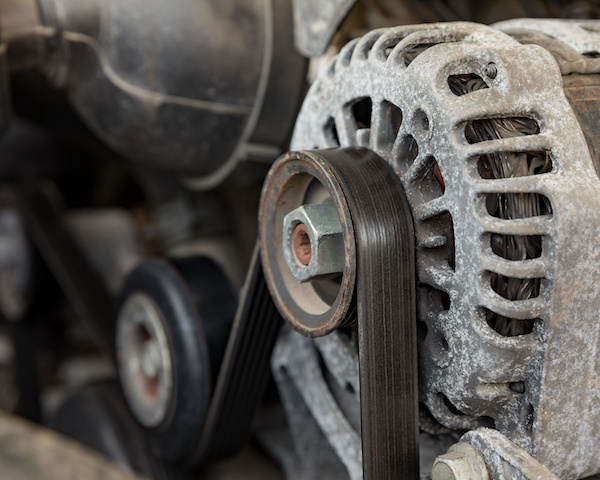
When the mileage on a vehicle reaches between 50,000 and 100,000 miles, the chances of its serpentine belt, which sends power to multiple engine accessories, such as the alternator, power steering and water pump, and A/C compressor, failing goes up considerably. And so, too, does one's chances of being left stranded on the side of the road. Signs That Might Suggest Your Serpentine Belt Is Failing Unlike other vehicle components, serpentine belts don't usually stop working right away. They gradually become less and less efficient, and eventually, it gets to the point where they start to throw off a few subtle and not-so-subtle signs to let drivers know something is wrong. Some of these signs include the following: Squealing sounds – One of the first signs of a failing serpentine belt is a high-pitched squealing sound that emanates from under the hood. Sometimes, this sound indicates the belt is misaligned or is somehow slipping. It could also suggest i ... read more
Posted on 12/22/2022
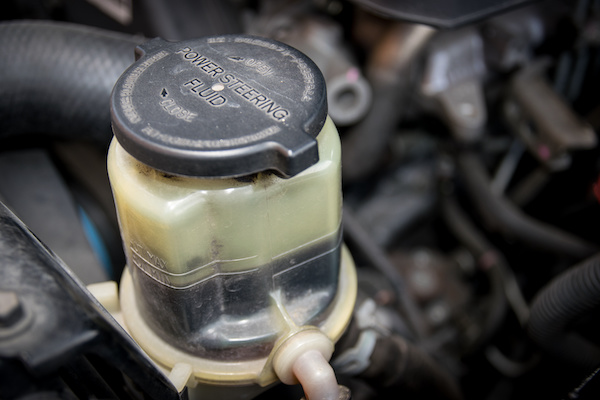
Has the question of whether you need to replace your car's power steering fluid or not been bothering you? You've come across the right article to best educate you on the matter. Don't let worry take control when you can know once and for all. What Is Power Steering Fluid? Power steering fluid is a fluid that is used by the power-steering system to establish a hydraulic contact between both the steering wheel with the front wheels, enabling it to move more easily. Additionally, power steering fluid greases the steering system's moving elements, ensuring maximum performance. Does the power steering fluid need to be replaced? Although the power steering fluid doesn't really expire, if it is not replaced or drained as necessary, it will deteriorate in the system with time. Here are signs that you need to replace your power steering fluid; Power Steering Fluid Leakage In case you notice a red fluid leaking onto the floor of your driveway, then it's most likel ... read more
Posted on 11/30/2022

The lights on the outside of our cars, SUVs, and trucks serve many different purposes. Sometimes, it can be challenging to keep track of all of them. Since they are external, it can be hard to detect when they go out. Lights are vulnerable to outages, damage, and even electrical failures. Whenever you require automotive lighting service or repairs, turn to Pete’s Auto Service for help. Types of Car Lights Low Beam Headlights - These are the basic headlights that aim forward to light up your path and let others know of your presence without blinding them. They improve visibility and safety and can be used pretty much anytime and through any conditions. High Beam Headlights - These are your bright headlights that illuminate dark or unlit roads. You should avoid using them when vehicles are coming toward you or driving in front of you. It is also frowned upon to use them when it is precipitating. Daytime Lights - Most modern vehicles have this category of lighting that tu ... read more
Posted on 10/29/2022

When you are driving around and suddenly feel a vibration in your car, it can be a little unnerving. Whether you are just getting used to the brakes, or they have always been like this, it is important to know what causes that vibration when you brake. What Actually Happens When You Are Braking? When you press down on the brake pedal and stop the car, there are several things happening at once. First, you are stopping the rotation of your tires (which is what actually causes the friction that causes your car to slow down). Second, you are forcing fluid through hoses connected to pistons within each brake caliper (that is what makes those pistons push against pads). Third—and this is where things get interesting—the fluid pushes back against those pistons to create pressure that helps slow down your car further. What Causes The Vibration When Braking? Vibrations while breaking are never a good sign! They can indicate a problem with your car's braking system, engine ... read more
Posted on 9/26/2022
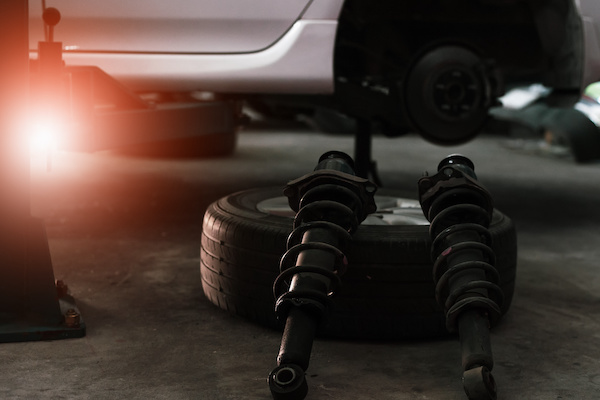
Before we delve into the details of what shock absorbers do and how long they last, let's begin by answering a simple question. What are shock absorbers? Well, they are a crucial part of the vehicle's suspension designed to absorb the compression and rebound of the springs and suspension. They are an oil-filled cylinder. What Do Shock Absorbers Do What Do Shock Absorbers Do? Shock absorbers control unwanted or excess spring motion. They keep your car tires in contact with the road at all given times. When a vehicle hits a bump or a dip in the road its suspension and springs move so that the car tires remain in contact with the road and absorb the energy. Shock absorbers dampen the movement of the springs and convert the kinetic energy into thermal energy. Types of Shock Absorbers There are three different types of shock absorbers and they differ for the different types of vehicles they are found on. Conventional telescopic shock absorbers - these are the simplest types of ... read more
Posted on 8/28/2022
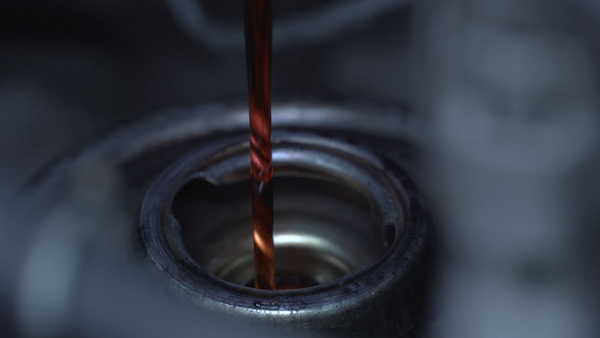
It’s no secret that your car needs oil changes, but what about the transmission? The transmission is equally just as important as the engine, and it requires fluid maintenance too. Without transmission fluid, your transmission would not be able to transfer a sufficient amount of power from the engine to the wheels. Similar to motor oil, transmission fluid acts as a lubricant and prevents the transmission components from overheating. As time passes, the transmission fluid will break down. And it can become less effective sooner when you put your car in strenuous conditions, like constant stop-and-go traffic or carrying excess weight. When the transmission fluid deteriorates, you can remedy your transmission with a flush. Below are the top 3 signs that indicate you need a transmission fluid exchange: Problems with Gears Whether you own an automatic or manual transmission, both need clean transmission fluid to go from gear to gear smoothly. When the fluid ages, it c ... read more